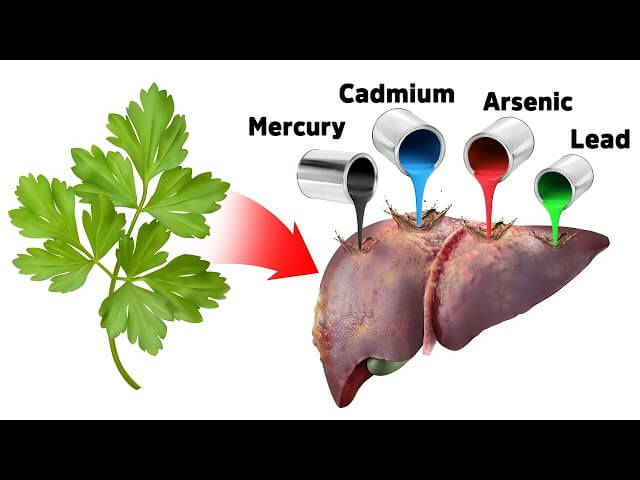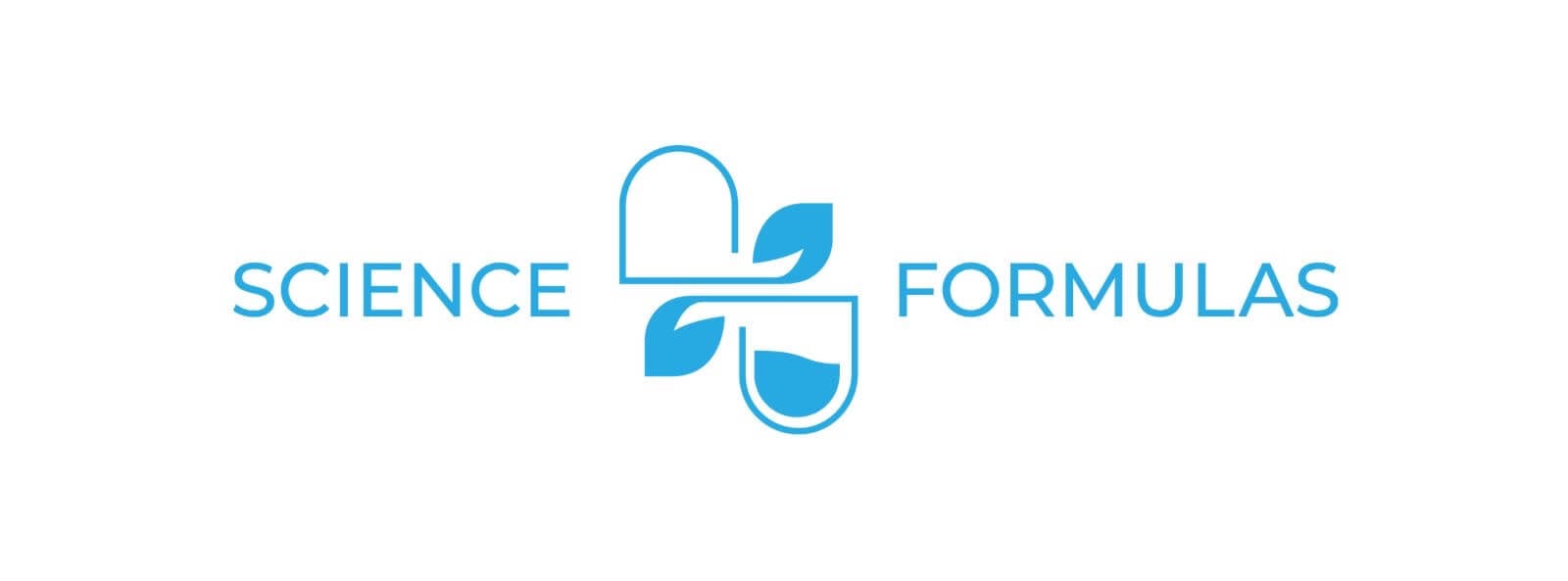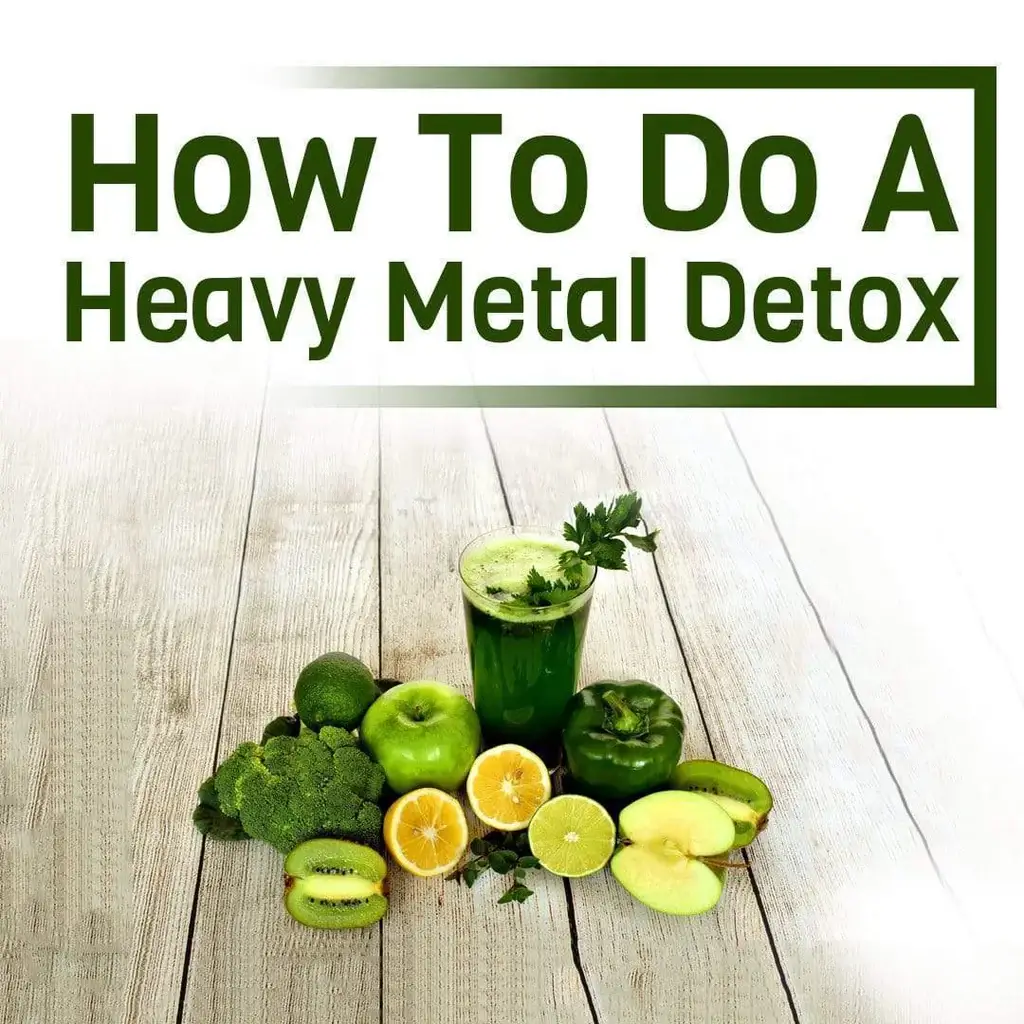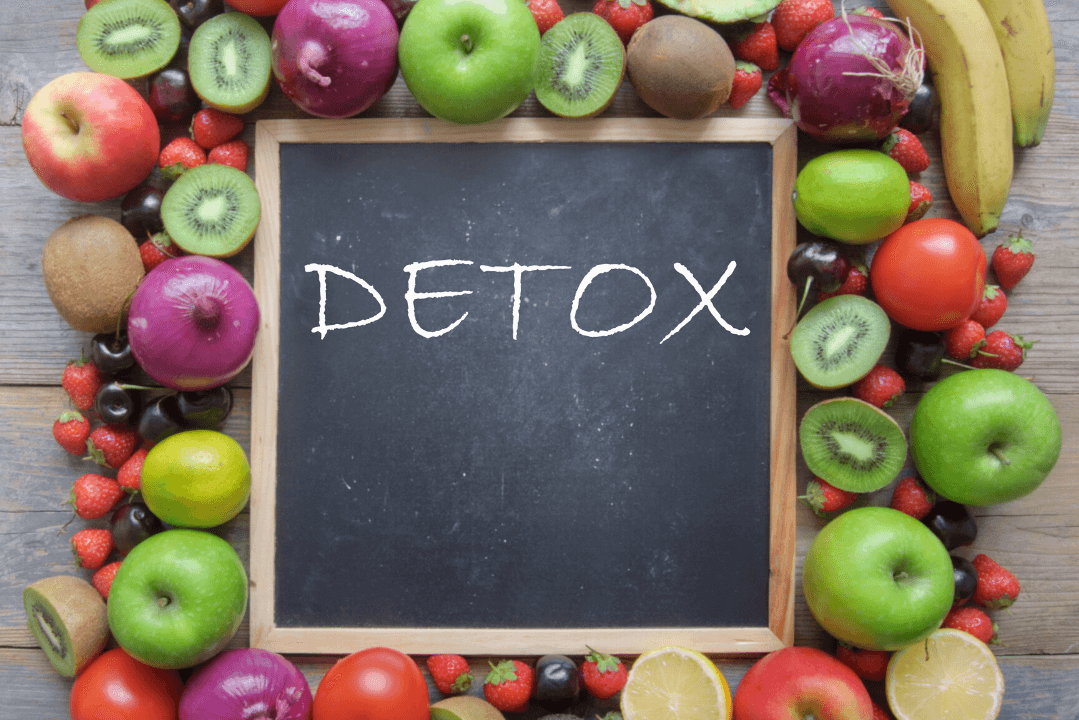Understanding Heavy Metal Detox & Exposure To Heavy Metals
Heavy metal exposure is a reality of modern life, as these metals are present in our food, water, and air. While small amounts are usually harmless and even necessary for bodily functions, high levels can pose serious health risks. This growing concern has popularized the concept of a "heavy metal detox," which involves dietary and lifestyle changes to support the body's natural detoxification processes. But does this approach work, and what steps should you take if you suspect heavy metal toxicity?
Pathways of Heavy Metal Exposure
Heavy metals can enter our bodies through various sources:
- Contaminated Food and Water: Common heavy metals like mercury, lead, and arsenic often contaminate food and water due to agricultural practices, industrial waste, and certain cookware.
- Air Pollution: Traffic emissions and industrial activities release heavy metals into the air, which we then inhale.
- Consumer Products: Older paints and some cosmetics can contain lead, contributing to exposure.
Recognizing Symptoms of Heavy Metal Exposure
Not everyone needs a heavy metal detox, but certain symptoms may indicate heavy metal exposure:
- Chronic fatigue
- Cognitive difficulties such as brain fog
- Frequent headaches or migraines
- Digestive problems
- Unexplained weight fluctuations
- Joint and muscle pain
What Is a Heavy Metal Detox?
A heavy metal detox aims to eliminate excess heavy metals from the body. Some metals, like iron and zinc, are beneficial in small amounts, but others can be harmful at high levels. Traditional detox methods often involve chelation therapy, where chemicals bind to heavy metals for removal from the body. This process can be lengthy and may cause side effects.
In contrast, a natural heavy metal detox diet emphasizes foods, supplements, and lifestyle practices that support the body's inherent detox mechanisms.
Key Components of a Natural Heavy Metal Detox Program
Dietary Recommendations
- Leafy Greens: Spinach, kale, and cilantro can bind with heavy metals, aiding their removal.
- Cruciferous Vegetables: Broccoli, Brussels sprouts, and cauliflower support liver detoxification.
- Fruits: Berries, apples, and citrus fruits provide antioxidants and fiber, enhancing detox processes. They also offer vitamin C, crucial for managing heavy metal levels.
- Garlic and Onions: Rich in sulfur compounds, these foods boost detoxification pathways.
- Nuts and Seeds: Especially selenium-rich Brazil nuts, which support liver health.
- Seaweed: Contains alginates that help bind and eliminate heavy metals.
Supplement Recommendations
- Chlorella and Spirulina: These algae are known for their heavy metal-binding properties.
- Modified Citrus Pectin: Effective in reducing levels of arsenic, lead, mercury, and cadmium.
- Activated Charcoal: Used to absorb toxins in the digestive tract.
- Milk Thistle: Contains silymarin, which protects the liver.
- Vitamin B: Especially B1, which helps mitigate heavy metal toxicity.
Lifestyle Modifications
- Saunas: Promote sweating, which aids in toxin elimination. Note: Not recommended for pregnant women or individuals with certain health conditions.
- Regular Exercise: Enhances circulation and sweating, supporting detoxification.
- Hydration: Essential for flushing out toxins through sweat and waste.
Evaluating the Effectiveness of Heavy Metal Detox
Evidence suggests that a heavy metal detox diet and associated lifestyle changes can help reduce certain metal levels in the body. However, it's crucial to undertake any new diet or supplementation regimen under medical supervision.
Many detox components align with general healthy living principles: consuming nutrient-dense foods, exercising regularly, and addressing nutritional deficiencies. Specific elements of the detox, however, are targeted at enhancing the body's natural detoxification abilities, offering a sustainable way to manage heavy metal levels.
For minor elevations in metal levels, a detox program may be sufficient. In cases of significant toxicity, traditional chelation therapy might be necessary.
Addressing heavy metal exposure is not just an individual concern but also a global environmental issue. Industrial pollution, mining activities, and improper disposal of electronic waste contribute significantly to heavy metal contamination worldwide. Advocating for stronger environmental regulations and supporting initiatives aimed at reducing industrial emissions can help mitigate this problem on a larger scale. Additionally, supporting organizations that promote clean water, sustainable agriculture, and proper waste management can make a difference in reducing heavy metal pollution.
Heavy Metal Detox and Overall Wellness
Incorporating heavy metal detox practices into your lifestyle can have broader benefits beyond reducing metal levels. A diet rich in fruits, vegetables, and whole foods, regular physical activity, and adequate hydration are cornerstones of good health. These practices not only support detoxification but also enhance overall well-being by boosting energy levels, improving mental clarity, and promoting a stronger immune system. By focusing on holistic health principles, you can create a balanced and sustainable approach to managing heavy metal exposure and maintaining long-term health.
In Conclusion
Understanding and managing heavy metal exposure is crucial in today’s world. While a heavy metal detox can be an effective way to reduce metal levels in the body, it is important to approach it with caution and under professional guidance. Combining dietary adjustments, lifestyle changes, and preventive measures can help mitigate the risks associated with heavy metal toxicity. By taking proactive steps to reduce exposure and support the body’s natural detoxification processes, you can protect your health and contribute to a cleaner, safer environment.






